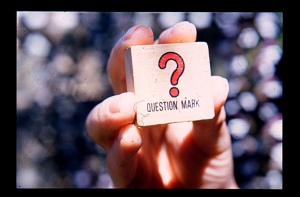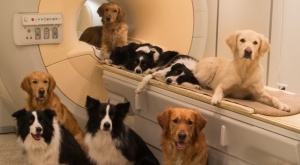This is my last blog post.
When I started this assignment all of those weeks ago, I was a total novice writer. Since highschool I had done exactly 0 creative writings up until this course. As it stands now, I am barely an amateur. With the end in sight, I decided to have a good look over my posts; survey the damage, so to speak.
I had my highs, and I had my lows. Boy did I have some lows. So low I had to change topics. A good move I may have not utilised well enough, but a good move nonetheless!
A few lessons for y’all out there in blog land thinking to make a blog or two:
- Write what you love. I began with a blog about Nutrition, and although I am a big fan of the work the Nutritionists get up to, this was not me. And my writing suffered because. When you write about what you love you can put yourself into the work. People respond to honesty, and by that I mean honesty of the heart. Readers can tell when the writer is having a good time, or is weeping with you.
- Go for QUALITY over QUANTITY. This should be a no brainer. A thick volume of bullshit is a whole lot less readable than a beautifully crafted short story. Post regularly, but if you are finding it hard to make oodles of material then post blogs you are proud of at greater intervals. Which brings me to…
- Post regularly. Even if one every week, or two every three weeks, or five a year, keep up with yourself. Once you have figured out how quickly you can produce good material then post that often, at regular intervals. I didn’t do this and I imagine my viewership suffered.
- Have fun? Unless you are writing a deep and touching sob story. Maybe the better advice would be: feel.
Well, I am out! Thank you so much for reading my poultry words! I will be back one day, though I am not sure if it will be via blogging.
The course continues, life continues, science continues, I will continue.







